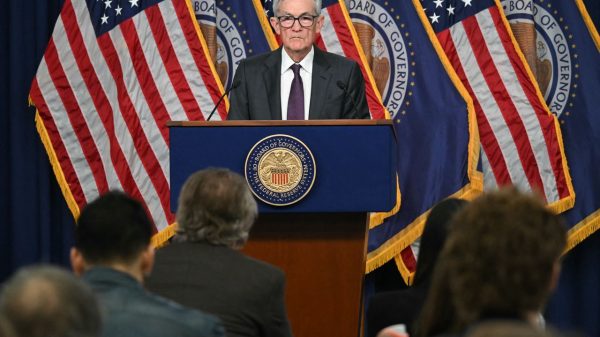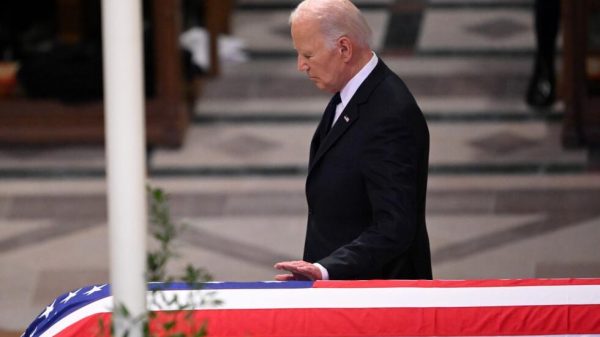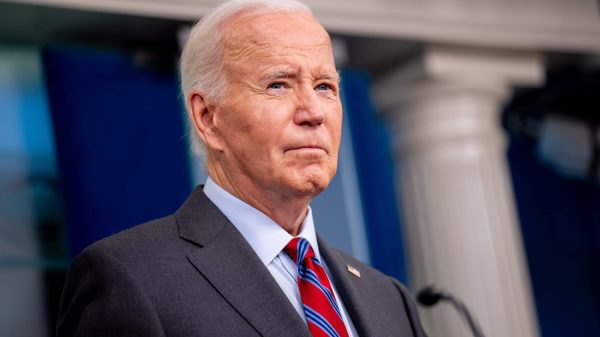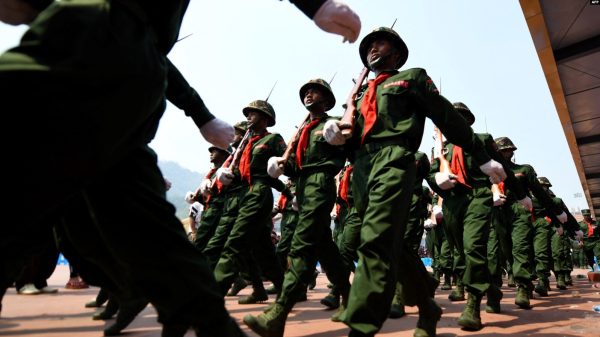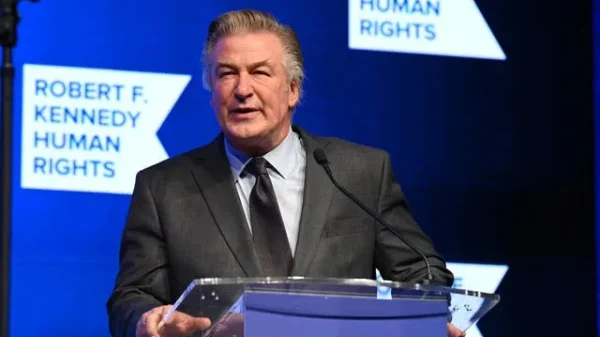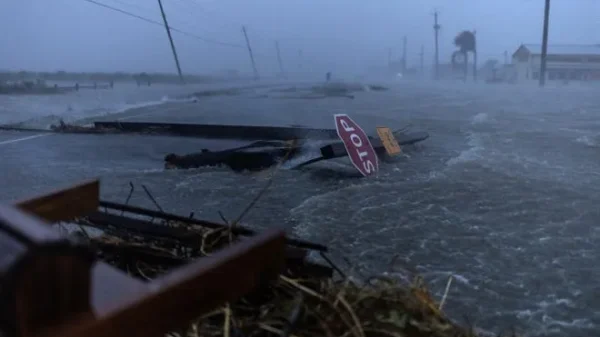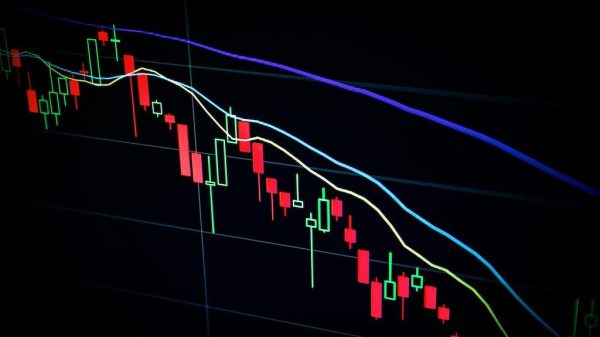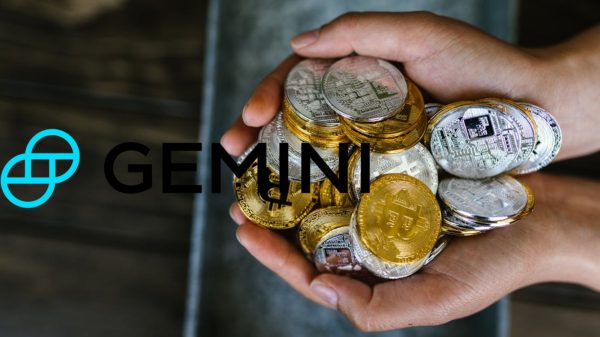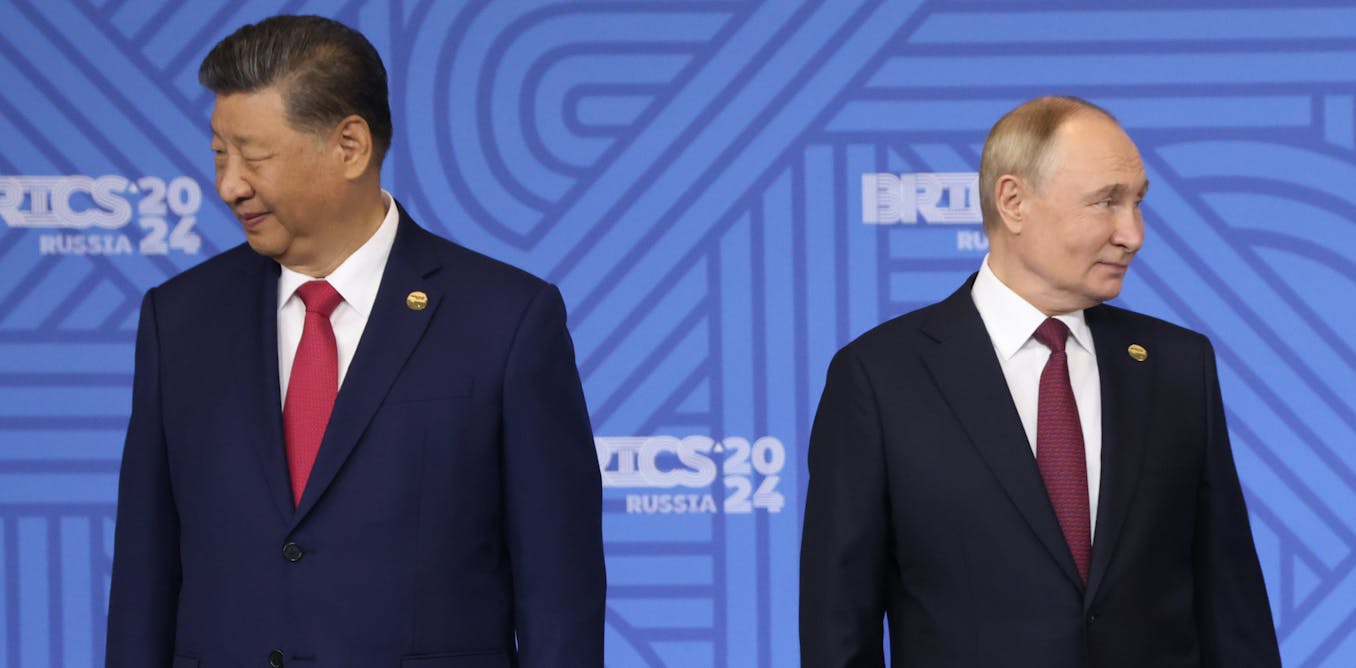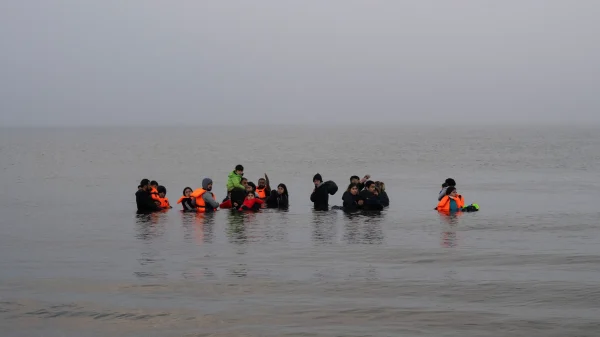In an interview on Oct. 31, 2024, with right-wing commentator Tucker Carlson, President Donald Trump argued that the Biden administration had mistakenly pushed China and Russia closer together.
If re-elected, Trump stated that one of his top priorities would be reversing that dynamic. “I’m going to have to un-unite them, and I think I can do that, too,” he said.
Since returning to the White House, Trump has been eager to negotiate with Russia, aiming to bring a swift resolution to the war in Ukraine.
One perspective on his Ukraine policy suggests that it aligns with the goal he alluded to in his conversation with Carlson. Withdrawing the U.S. from the European conflict and mending relations with Russia—potentially at Ukraine’s expense—could be viewed as part of a broader strategy to focus on countering China’s influence.
Following a recent phone call with Russian President Vladimir Putin, Trump reiterated this point during an interview with Fox News: “As a student of history, which I am – and I’ve watched it all – the first thing you learn is you don’t want Russia and China to get together.”
The historical reference Trump is making points back to the Nixon administration’s strategy of aligning with China to counterbalance the Soviet Union, effectively fostering a rift between the two communist powers.
However, if Trump’s ultimate goal is to drive a wedge between Moscow and Beijing, his approach appears both overly simplistic and shortsighted.
Russia is unlikely to sever ties with China, and many within Beijing view Trump’s foreign policy—particularly his handling of the Russia-Ukraine war—as a display of weakness rather than strength.
A Growing Challenge
Although Russia and China have experienced periods of rivalry when it suited their respective interests, today’s geopolitical landscape differs significantly from the Cold War era, when the Sino-Soviet split occurred.
Since the collapse of the Soviet Union, the two nations have steadily strengthened their relationship, sharing a primary strategic objective: challenging the Western-led liberal order.
Both countries have adopted increasingly assertive military postures—China in the South China Sea and around Taiwan, and Russia in former Soviet territories, including Ukraine.
In response, Western governments have reinforced a unified stance to counter the rising threat posed by China and Russia. However, rather than driving a wedge between them, this alignment has further cemented their partnership.
A Partnership Without Limits?
In February 2022, just before Russia launched its invasion of Ukraine, Presidents Vladimir Putin and Xi Jinping declared a “friendship without limits,” signaling a united front against Western influence.
Since then, China has played a vital role in sustaining Russia’s economy, serving as its largest trading partner for both imports and exports.
By 2024, bilateral trade between the two nations had reached an unprecedented $237 billion, with Russia increasingly dependent on China as a buyer of its oil and gas.
This economic interdependence gives Beijing significant leverage over Moscow, making any U.S. effort to pull Russia away from China a highly impractical proposition.
That said, the Russian-Chinese alliance is not without its complexities. Disagreements and policy divergences remain.
If Trump were serious about fracturing this relationship, there are potential fault lines he could attempt to exploit.
For instance, Russia might see value in supporting U.S. efforts to limit China’s expansionist ambitions—particularly through Moscow’s strategic ties with India, a relationship that Beijing views with unease due to ongoing territorial disputes.
Putin Knows Where His Interests Lie
Putin is well aware that even with Trump back in office, the broader Western opposition to Russia—reflected in economic sanctions and geopolitical isolation—is unlikely to disappear.
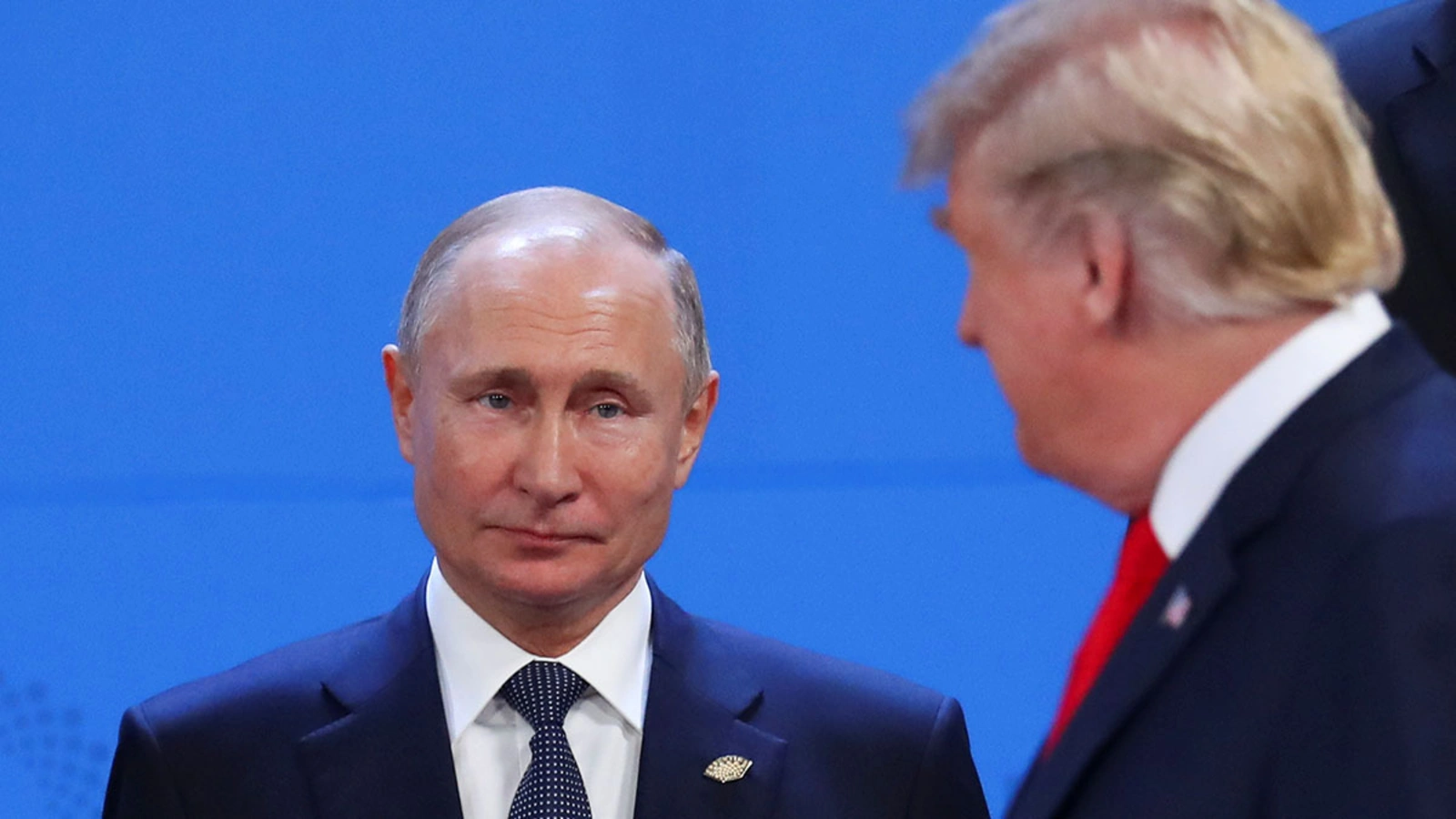
Putin and Trump
While Trump may have personally expressed a willingness to engage with Putin, his first term in office actually saw the implementation of harsher sanctions against Russia than those imposed by the administrations of Barack Obama or Joe Biden.
Thus, while Putin would likely welcome a Trump-brokered peace agreement that favors Russia at Ukraine’s expense, he is unlikely to fully align himself with an anti-China agenda.
Putin understands Russia’s growing reliance on China, both economically and militarily. As one Russian analyst put it, Moscow has become either a “vassal” or, at best, a junior partner to Beijing.
A Transactional Weakness
From China’s perspective, Trump’s approach to negotiations with Russia and Ukraine signals a form of weakness that could undermine Washington’s broader deterrence posture toward Beijing.
While certain figures in Trump’s administration, such as Secretary of State Marco Rubio, take a hawkish stance toward China—referring to it as the “most potent and dangerous” threat to U.S. economic interests—Trump himself has demonstrated a more inconsistent approach.
He has imposed new tariffs on China as part of a renewed trade war but has also entertained the possibility of a meeting with President Xi Jinping, suggesting an openness to diplomatic engagement.
Beijing recognizes Trump’s transactional mindset, which prioritizes short-term gains over long-term strategic commitments.
This has led to speculation about whether Trump would truly be willing to bear the immense economic and military costs of defending Taiwan.
Unlike his predecessor, he has been notably reluctant to make explicit commitments to Taiwan’s security. Instead, Trump has indicated that in the event of Chinese military aggression against Taiwan, he would respond with economic measures—such as tariffs and sanctions—rather than direct military intervention.
Given his willingness to entertain territorial concessions in Ukraine, this stance has raised concerns in Taiwan about Washington’s reliability in upholding established international norms.
China’s Strategy: Insulation and Adaptation
China has taken note of Russia’s experience under Western sanctions and has moved to insulate itself from similar economic pressures.
Despite sweeping sanctions, Russia has managed to sustain its economy through a combination of circumvention tactics and assistance from allies, including China and North Korea.
However, unlike Russia, China’s deep economic integration with the West provides it with greater leverage. Its dominant global economic position allows it to push back against U.S. attempts at economic isolation.
In recent years, as Western nations have sought to reduce economic dependence on China, Beijing has adapted by prioritizing domestic consumption and enhancing self-sufficiency in key industries.
Additionally, China has been working to expand its global influence, particularly in the Global South. It has successfully secured diplomatic support from 70 countries that formally recognize Taiwan as part of China, further strengthening its international position.
Could China Exploit a Western Split?
Trump’s strategy of ending the Russia-Ukraine war by favoring Moscow in hopes of turning it against Beijing is, in all likelihood, a miscalculation that could backfire.
While Russia may privately harbor concerns over China’s growing power, its overarching strategic goal of challenging Western dominance—combined with its increasing economic dependence on Beijing—makes any serious U.S. effort to drive a wedge between the two nations unlikely to succeed.
Moreover, Trump’s approach could create vulnerabilities that China may seek to exploit. His transactional and isolationist tendencies, coupled with his encouragement of far-right movements in Europe, could strain U.S. relations with European allies and erode trust in America’s security commitments.
Beijing could interpret this as a sign of waning U.S. global influence, providing China with greater flexibility in its geopolitical maneuvering—particularly concerning Taiwan.
Rather than fostering a Sino-Russian divide, Trump’s policies could instead exacerbate divisions within an already fragile Western alliance.

















